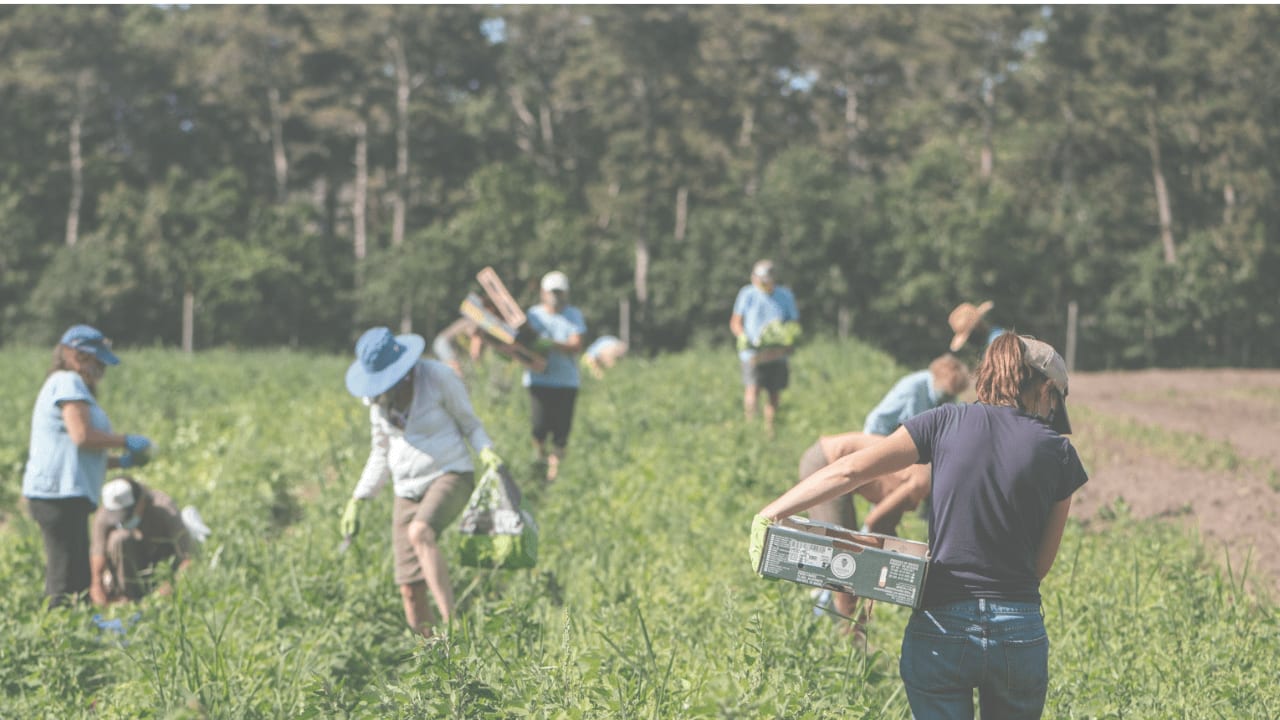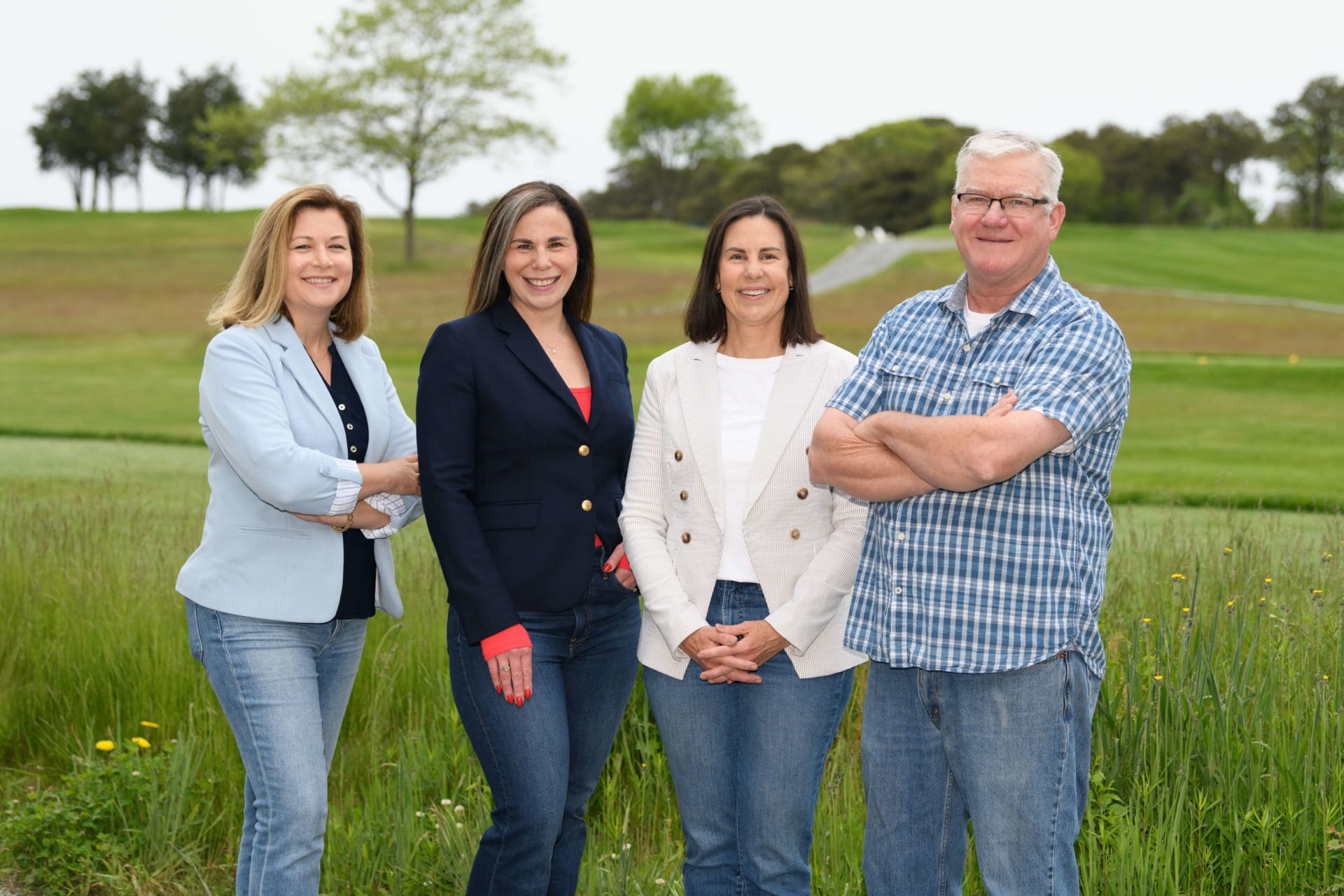

Get to know

So IGI started as an idea that came to light around my friend Ali Berlow’s dining room table. She was a mom at the time and was just interested in seeing what the food community here could do to support our local farmers more. So she brought together grocers and feed store owners and farmers and home cooks. And they sat around her table and thought, well what could we do to be of help?
And their first step was making a farm map, an island farm map of where people could source local food and which farms were on the island, and what they each had to offer. And then they made the map and they were like, okay are we done? And that's when I moved to the island. And so I got involved with Island Grown at that time in 2006. We moved on to having a farmer's dinner and asked the farmers what they would want to see have to happen to support their own livelihoods and their family's land.
One of the needs the farmers identified was a mobile processing solution for animals. So we created a local poultry processing trailer that went around to people's farms and also backyards and helped them process chickens, so we could have more locally produced poultry.
We have our education programming which has this big component in the schools. We get to work with almost every island student from two to 18 years and give them food education, how to grow food, why their eating choices matter, and what local food tastes like. So we're able to bring that experience to the whole upcoming generation of island people. Within two years we had food-producing gardens in every school.
We started introducing local food into school meals and we started our gleaning program where we realized that at the end of the growing season or at the end of the summer, farmers ended up with so much extra produce. And that was right when the summer population was leaving and when labor was leaving, but it's right when schools were beginning. So we helped broker some connections between farms and schools, and also asked the farms if we could bring volunteers out into their fields to harvest what wouldn't otherwise be harvested to donate to schools.
We got 5,000 pounds of food the first year and then we got 9,000 pounds of food the second year. And now last year we got 45,000 pounds of food, that wouldn't have otherwise been harvested.
Originally we were gearing it toward the schools, but then we realized it's not just schools that need better access to local produce. So now we have 22 different outlets that we deliver to and we process our gleaned food into prepared soups and stews and meals that then go out to the healthcare providers, to the food pantry, and elsewhere. And we also have a community garden here at the farm. We've got about 25 families who have plots here that help them have access to food that they can grow for themselves and share with their neighbors. On the Vineyard, there are a lot of people who don't have year-round housing, so it's hard to have a garden at home. Community garden plots become really important. And we're adding more plots every year.
We have this beautiful 42-acre farm right in the middle of the island that has a 30,000-square-foot glass greenhouse that we're sitting in right now and where we grow food both in soil beds and hydroponically. We have two different styles of growing that happens in the greenhouse. And then we also grow food out in our fields using what we call regenerative agriculture methods. For the last few generations agriculture has been really extractive. It's been hard on the environment. A lot of tillage breaks up soil life and releases carbon into the atmosphere. A lot of chemicals, but not very much diversity which has really impacted global biodiversity overall.
Agriculture is now one of the leading drivers of climate change. So we know that the way we've been doing it doesn't work.
And here at the Island Grown Farm, we're experimenting with all these new techniques that can show the incredible positive benefits that agriculture can have both on the environment and also on the community.
In the summer of 2020 IGI and the Island Food Pantry started negotiating a merger. And then by February 2021, the Food Pantry had joined IGI. Not only did the merger happen, but Rebecca Hage, who's our executive director, negotiated a two-year lease at the PA Club, which was perfect.
We needed more space.
The PA Club, at the same time, all the programming that used to happen, all of that stopped. It was the perfect timing for all of us. We needed space. We're a good partner for them. So in February, all operations moved to the building at the PA Club. Many people still have trouble getting their heads around it because it was a standalone institution for so long.
A standalone organization, but really now it's part of all that we do because gleaning goes to the food pantry, the processing, the meals go there.
We also have the mobile market that we take out into the community. That's really getting local produce to communities and people who may not otherwise have access to it. And we try and just keep our prices as low as we can just to cover overhead. We are a nonprofit.
So we are just trying to get the right food to the right people at the right time. That's our mission.
You're dealing with people who are quite often in crisis and they need a place to go where their needs are being met. But also emotionally, so they’re not feeling that same anxiety. It's really important. It's vital. Sharon is more than capable of providing an environment that is calm and giving and caring.
Now the Greater Boston Food Bank is the main hub for our region. And all pantries can go directly to them. You get one day a week, pick up time slot, the pounds are determined by the size of the population of your area and how many other pantries are involved.
Yes, we make it very convenient. We have a purple pantry box is what we call them. We have one right out front of the food pantry. They are also located at most of the island grocery stores. And you will see them around the island. Some of the libraries have them as well.
We can also take donations if it's a larger donation, quite often you know, the schools, organizations, or individuals will have a food drive and then they'll just call the pantry and organize with Sharon for a drop-off. We are always so grateful for people to donate their time. And it's really so important.
All of our initiatives are grounded in the community and we really need volunteers. They run most of our programs along with staff, but it's so important. They can either just go to the website and access the volunteer portal that way. And then Melissa will guide people toward the different initiatives that need volunteers.


Investing in the island community is one of our favorite parts of working in the Real Estate industry. The O’Hanlon Group is made up of MV locals who take pride in making the island a better place.
If you can get involved with Island-Grown Initiative, we highly recommend it. Organizations like this are what make the island so special.
As a team, we work in harmony for the benefit of our clients. We handle multiple transactions at once and are able to execute a complex marketing strategy by leveraging team resources. We can be in several physical locations at once to ensure showings are always possible for our buyers and sellers. Our clients benefit from the combined experience of our agents and administrative staff.
Let's Connect